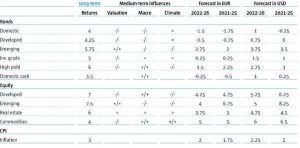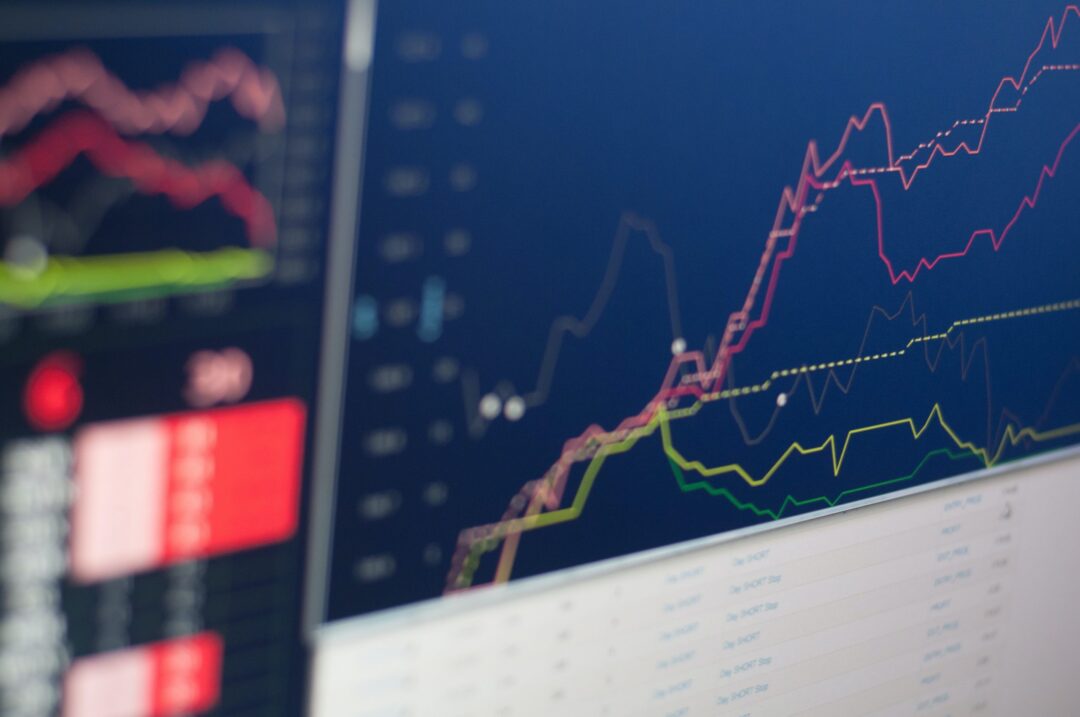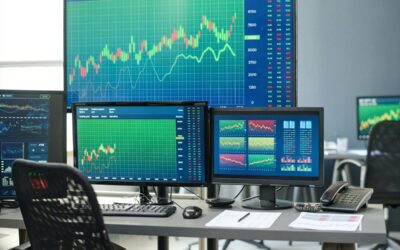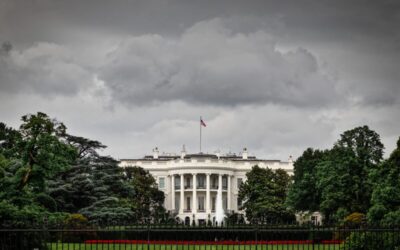Not a big driver for markets
“We will perhaps still see some occasional bouts of volatility from Covid 3.0, and some slowdowns here and there, but overall, it will not be the major driver for markets in 2022,” adds Van der Welle.
“We’ve also seen a change of tack in that governments have focused on vaccinations that have reduced the severity of Covid infections and lowered hospitalizations and death rates, rather than trying to eradicate the virus itself.”
“Covid will be with us forever, just like flu viruses. Meanwhile, the reactions by markets to fresh outbreaks have reduced in amplitude, so we shouldn’t see any lasting meltdowns when new variants do emerge.”
Focus on the mid-terms
While the pandemic has dominated daily life, the two biggest risks outside Covid are seen as the US mid-term elections in November in which a new Congress is elected, and the ongoing tensions with China.
“For the mid-terms, President Biden will want to keep the voters sweet with economic stimulus and other vote-winning goodies,” says Graham. “Inflation isn’t really an issue for voters as the US is generally over-stocked in most goods, and the stockpile of cash on consumers’ balance sheets suggests that more pent-up spending is on the way.”
“People tend to focus more on employment – that’s why the jobs element is prominent in the US infrastructure bill. Biden will try to get the participation rate for the blue collar workers up before the election as that will add to the Democratic votes, along with the feeling of success around Biden’s measures so far.”
Tensions with China
Regarding China, there remain tensions with the US and a potential flashpoint over the disputed ‘breakaway’ island of Taiwan. However, Beijing needs to focus on domestic issues because the underlying growth picture is weakening, and consumption growth has remained subdued so far, says Van der Welle.
“They are still struggling with credit issues and the real estate problem,” he says. “China’s credit markets are under pressure and the credit impulse is deteriorating, so they’ll look to stimulate growth and prosperity.”
“There is perhaps a risk that the government will look outside its borders for a cause that can unite the people and so deliberately raise tensions in the Taiwan Strait and South China Sea, but it’s doubtful whether this kind of saber rattling will turn into anything more serious.”
Inflationary worries
Meanwhile, inflation is becoming more of a worry after energy prices soared in 2021. The price of oil has hit its highest level since 2014; the price of UK natural gas futures has more than tripled; and even the price of usually unloved coal has more than doubled.
“As central banks across G7 continue with highly expansionary monetary policy to deal with Covid, it’s little wonder that price pressures everywhere are growing,” says Graham.
“This is partly a result of higher-than-average growth coming out of the pandemic: the IMF predicts that the global economy will grow by 5.9% in 2021 and 4.9% in 2022, the fastest two-year pace of growth in more than 50 years. Our central case for Expected Returns is based on moderate inflation and transitory inflationary pressure and reasonable growth; the stagflation scenario is very unlikely.”

The influences on likely asset returns over the next five years. Source: Robeco.





